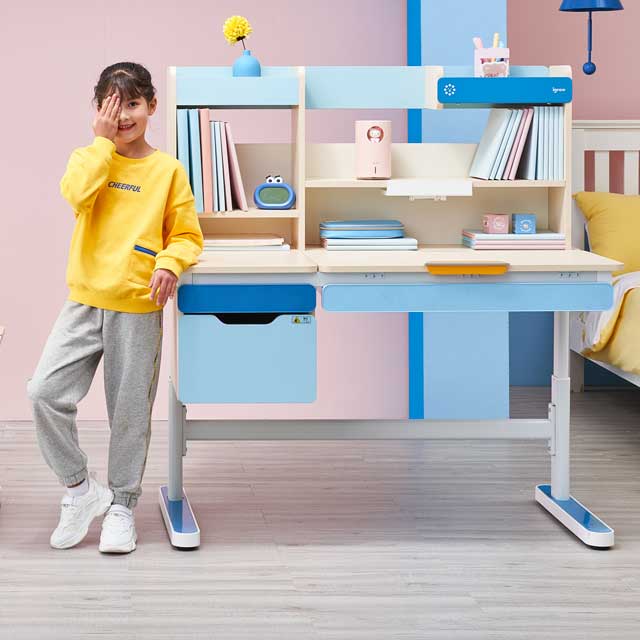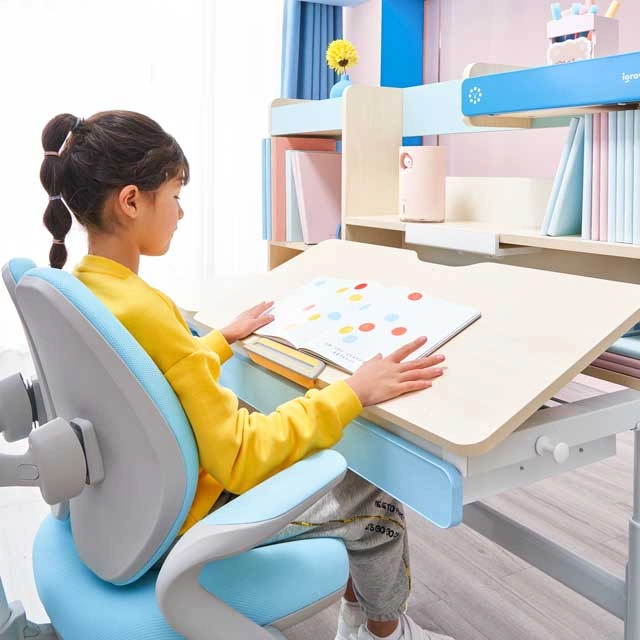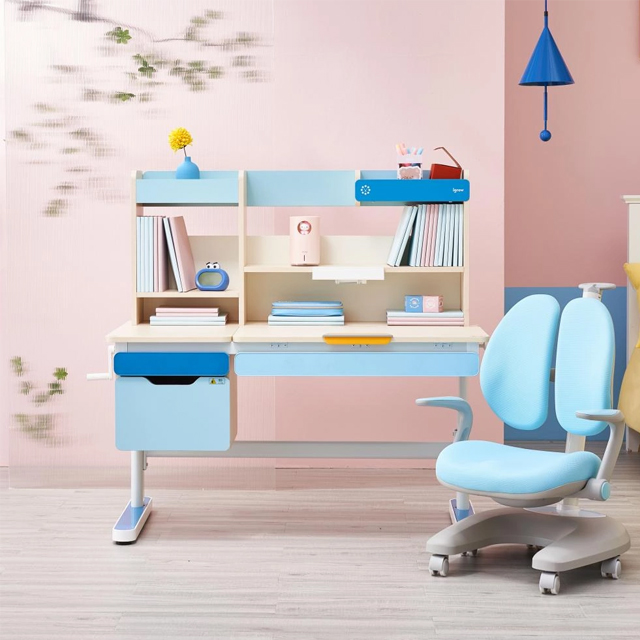Chinese wardrobe net When it comes to formaldehyde, many people tend to avoid it or even fear it. This has led to the term "aldehyde" becoming a common concern. After renovating a new house, many homeowners place formaldehyde-absorbing tools inside cabinets, wardrobes, and other furniture, or use ventilation and air purifiers in an attempt to reduce indoor formaldehyde levels. However, there are still many exaggerated beliefs and misunderstandings surrounding this issue—here are ten of them.

Be careful! These are all myths about formaldehyde in wardrobes.
Misunderstanding 1: No smell means no formaldehyde?
Just because you don’t smell anything doesn’t mean there’s no formaldehyde present. Formaldehyde is odorless at low concentrations, and when its levels rise above 2–3 times the safe limit, it may not be detectable by smell. It can also be masked by other odors. Remember, formaldehyde is a volatile gas that can remain in your home for up to 3–15 years.
Misunderstanding 2: Ventilation removes formaldehyde?
Most homes have windows positioned more than one meter above the floor. Since formaldehyde is heavier than air, it tends to settle near the ground, making it hard to remove through simple ventilation. Also, harmful substances like formaldehyde are released slowly over time, often lasting for several years. A few months of ventilation won’t be enough to fully eliminate the problem.

Be careful! These are all myths about formaldehyde in wardrobes.
Misunderstanding 3: Eco-friendly materials mean no pollution?
While using eco-friendly building materials helps reduce harmful gases, it doesn’t guarantee zero pollution. Even these materials can emit small amounts of harmful substances. Plus, factors like room layout, design, and ventilation contribute to the overall air quality. The combined effect of multiple sources can still lead to poor indoor air quality, even with “green†materials.
Misunderstanding 4: Plants can absorb formaldehyde?
Many people believe that plants like spider plants or aloe vera can help remove formaldehyde. However, their ability to absorb it is very limited. In reality, they can only process tiny amounts of formaldehyde—usually just a microgram. To make a real difference, you would need thousands of plants and constant light exposure, which is impractical for most households.
Misunderstanding 5: Activated carbon is always effective?
Activated carbon is often used to absorb formaldehyde, but it has limitations. Once it becomes saturated, it can release the absorbed chemicals back into the air. That’s why it's important to replace or regenerate it regularly. Otherwise, it might do more harm than good.
Misunderstanding 6: UV lamps or ozone machines work well?
Some people turn to UV lamps or ozone generators to clean the air. While these devices may kill bacteria, they can also produce harmful byproducts. Ozone, in particular, is dangerous to human health and should be avoided in living spaces.
Misunderstanding 7: Air purifiers solve all problems?
Air purifiers can be useful, but they only target airborne particles and may not address formaldehyde effectively. They are not a complete solution on their own and should be used alongside other methods like proper ventilation and material selection.
Misunderstanding 8: Only furniture emits formaldehyde?
Formaldehyde isn't just found in wardrobes or furniture. It can also come from paints, adhesives, carpets, and even some fabrics. So, it's important to consider all possible sources when trying to reduce indoor pollution.
Misunderstanding 9: You can rely on DIY testing kits?
While DIY air quality test kits are convenient, they are not always accurate. Professional testing is more reliable and can give you a clearer picture of the actual levels of formaldehyde and other pollutants in your home.
Misunderstanding 10: Formaldehyde is the only danger?
Formaldehyde is a major concern, but it's not the only pollutant you should worry about. Other harmful substances like benzene, toluene, and VOCs (volatile organic compounds) can also be present in newly renovated homes. A comprehensive approach is needed to ensure a healthy living environment.
Study Table With Bookshelf Children
The table area is newly upgraded, and the 120cm widened table can free up more space, and parents will be more spacious and study more freely. The height-Adjustable Study Table for children has 9 storage areas, which can make the table tidy and easy to use.
Detachable bookshelves, children can move and combine freely. Different storage methods are used at different school age stages, so that large and small objects can be stored easily, so that storage is not limited. The newly designed children's study table and chair can be stretched back and forth 12cm to fit the child's back, so as to achieve a truly upright sitting posture, and the back of the chair can be stretched in real time. .
Study Table With Bookshelf Children selects imported solid wood mountain, the formaldehyde emission is lower than the international F4 star standard, more environmentally friendly than tap water, strong and durable, and not easy to deform for a long time. The height range of 52-76cm table board is adjusted according to the table leg scale, which matches the height of the child's growth stage of 120cm-180cm. The hidden reading rack is convenient for placing books and tablets to avoid long-term bowing, which can better maintain the scientific sight distance14 and prevent myopia. 4 modes can be adjusted, reading, writing and drawing are all done.



desk bookshelf combo,desk with bookshelf,double desk with storage,children's desk for small spaces
Igrow Technology Co.,LTD , https://www.igrowdesks.com